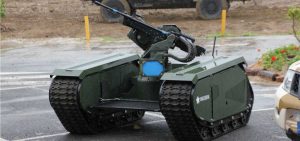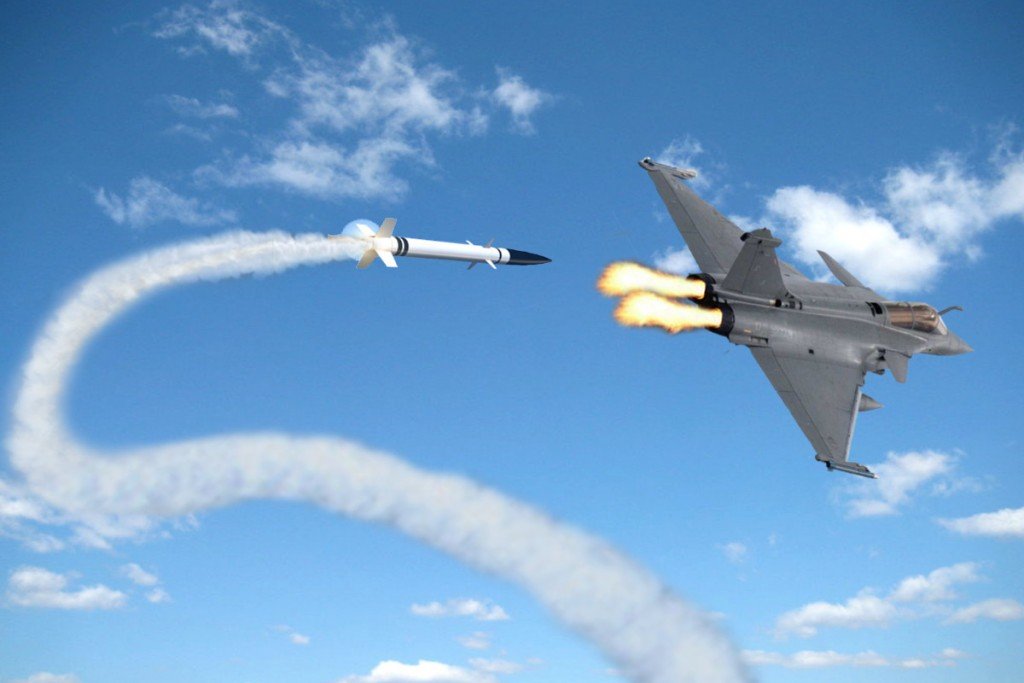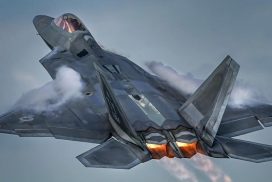Technological advancement is fast accelerating in the digital spectrum, permeating all facets of life. Democratization of such technologies from the commercial sector has the potential to be used for defense solutions using smart weapon technology.
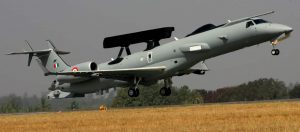
As the world becomes more secure with progressing technology, the intensity of advancements in smart weapons becomes increasingly significant.
Defense agencies around the globe are making persistent efforts to enhance their munitions and upgrade weapons infrastructure, thereby maintaining optimum and consistent protection against national security threats.
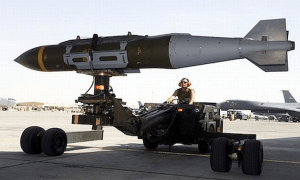
As the years progress, advanced weaponry technology will provide superior conflict resolution and defense solutions on a broader range, with an increasing emphasis on smart digital weapons development.
Evolution of smart weapons
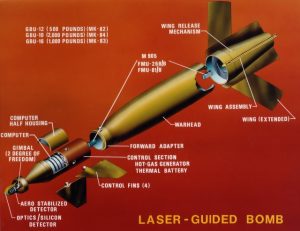
Smart weapons and munitions rely on computer guidance systems to detect, track and navigate their intended targets. In the forthcoming years, fully autonomous weapons will leverage advancements in processor, sensor and algorithm technologies to pave the way for smart digital weapon systems.
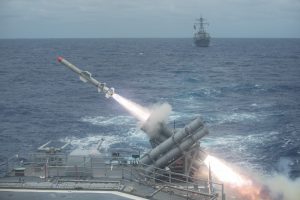
New age smart munitions make use of television, infrared, laser, or satellite guidance systems. The categories of weapon types in the smart weapon industry are classified into missiles (air-to-ground or surface-to-air missiles), munitions (smart bombs, laser guided precision artillery, sensor fused / electromagnetic pulse ammunition, rockets (guided weapons such as anti- submarine / anti-tank, air-to-surface, air-to-air rockets), precision guided projectiles / firearms and smart bullets.

Autonomous weapons have their roots in an aerial torpedo launched via aircraft by the US military dating back to 1916. Modern terminology classifies such weapons as lock-and-launch guided weapons.
The USAF coined the term “smart weapons” in the early 70’s, to distinguish laser guided munitions from traditional weapons. Today the term is applied to any weapon with any degree of intelligent autonomous guidance, capable of detecting targets with minimal human or external intervention.

Smart weapons emerge as significant defense solutions in order to mitigate civilian and military causalities, prevent collateral damage and risk to assets from bombing of large areas or entire cities during international conflict and wars.
Reshaping military operation with laser guided weapons and modern technology

In order to provide optimum real-time information and situational awareness, modern defense technology heavily rely on computer connectivity and guidance by laser / television / satellite systems. Integration of IoT and connected software technologies in military infrastructure allow soldiers to access powerful, effective and efficient weapon munitions. Given this requirement, defense budgets are likely to increase and smart weapons are forecasted to be in demand in the future.
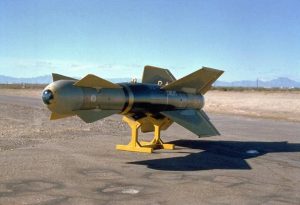
The idea of laser-based weaponry in defense applications, featuring infantry with laser guided ammunition is soon becoming reality with advancements in laser technology by government scientists and defense researchers.
A team of scientists at Lockheed Martin have developed a spectral beam combining fiber laser system which leverages artificial intelligence to focus multiple fiber lasers into a single, powerful beam. The laser-powered guided weapon can detect and launch onto a target with unparalleled precision.
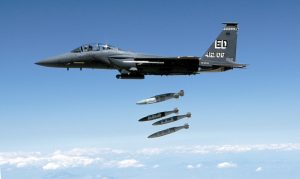
Planning and implementation of defense and security operations are dramatically changed by these emerging technologies, across all spectrums on both national and multilateral levels. Traditional weapon systems are stepping aside for low-cost and effective laser-guided munitions.
Global focus on smart weapons technology development
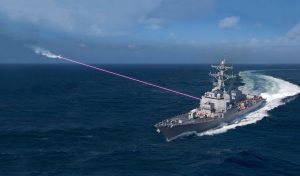
Governments around the globe have intensified their development initiatives in designing smart munitions for their respective armed forces.
For instance, the US military is harnessing advancements in data processing and image recognition to create autonomous weapons that are superior and more precise than traditional munitions.
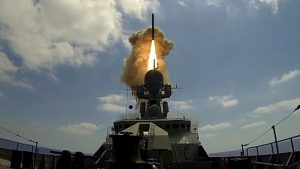
The US Navy is testing a 135-ton vessel, code named Sea Hunter that is capable of patrolling oceans without a crew onboard. The ship can track and launch attacks on enemy submarines autonomously.
Meanwhile, the US military is developing a joint air-to-ground smart missile system capable of locking in on vehicle targets sans human intervention.
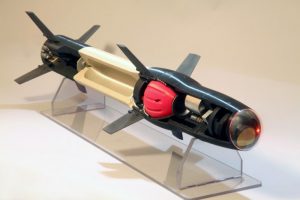
The US Air Force is involved in developing a pilot-less F-16 fighter jet, part of its SkyBorg program in a bid to use autonomous weapons in a computer-controlled battle field environment.
The People’s Liberation Army of China is pursuing investments in the advancement of smart weapons with the emphasis on swarming, artificial intelligence, robotics and machine learning applications.

The People’s Liberation Army Rocket Force seeks to utilize intelligent missiles that leverage remote sensing, targeting and computer-controlled decision support to incorporate higher levels of autonomy in defense solutions.
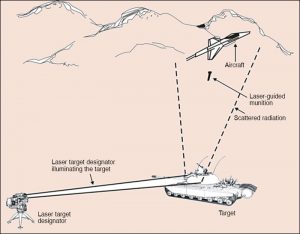
Advanced technology has transformed the definition of smart weapons. Future precision guided weapons will be capable of integrating artificial intelligence and progressive technologies of the smart weapon industry, making military operations and conflicts much less perilous for civilians than at present.
